Program
Program - 13 November 2024
| 9:00 | Opening |
| 9:30 | Keynote: Michal Valko – Gamification of Large Language Models |
| 10:30 | Students, doctoral and postdoctoral figures |
| 10:30 | Poster session + coffee: works of students of the faculty |
| 12:00 | Lunch break |
| 13:00 | Best results from mathematics, physics, informatics and didactics |
| 15:00 | Poster session + coffee: works of research groups of the faculty |
| 16:30 | Keynote: Jiří Šilha – Astronomy meets the industry |
| 17:15 | Panel: 2x2 What do we expect from industrial collaboration |
| 18:00 | Coffee |
| 18:30 | Concert: Vocalatté |
| 19:00 | Reception with refreshments, discussion |
Plenary Presentations – Student Section (10:30–11:00)
Vahideh Ilbeigi – Detection of Plant Hormones by Ion Mobility Spectrometry
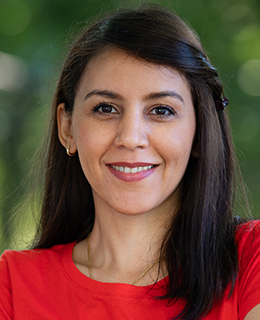
Co-authors: Vahideh Ilbeigi, Štefan Matejčík, Ladislav Moravský
Abstract: Ion mobility spectrometry (IMS) is an analytical technique for the gas phase detection of ions based on their mobilities. We are working on the development of IMS-based methods for the measurement of analytes in plant and food samples. Plant hormones (PHs) are signalling molecules produced within plants that influence plant growth, seed germination, fruit maturation, and ripening. Hence, the quantitative analysis of the PHs and determination of their concentrations in different tissues is crucially important in understanding the role of these molecules in physiological processes occurring in plants. We developed an IMS-based method to measure methyl salicylate (MeSA), one of the important plant hormones, in tomato leaves. For this purpose, we utilized solid phase microextraction (SPME) to extract MeSA, followed by a pre-separation using a multicapillary column (MCC) before analyzing the sample with IMS. We have also developed an IMS-based method for the in-vivo detection of the volatile organic compounds (VOCs) emitted from the blueberry plant. A glass chamber equipped with a Tenax absorbent column was designed and constructed to collect the emitted VOCs from the blueberry plant. The complex VOCs matrix was separated using a combination of an MCC column and IMS. The developed Tenax-MCC-IMS method was used for the detection of the emitted VOCs from blueberry leaves upon exposure to different stress factors including mechanical (punching), herbivore (aphids) and methyl jasmonate (MeJA) spraying.
Jakub Krcho – Peer assessment based on rubrics in educational robotics

Abstract: Educational robotics is becoming more and more important in modern educational approaches every year. With its increasing integration into the teaching process, it is essential for teachers to set clear learning objectives and desired outcomes for students. It is equally important to choose effective assessment methods to assess the extent to which students have achieved these learning objectives (goals). In this context, student assessment plays a key role, which leads to the question of what assessment approaches are most appropriate for educational robotics. This research study examines the implementation of peer assessment through rubrics in educational robotics lessons in Slovak high schools. The research follows a design-based research methodology, and the current academic year represents the second iteration of this established assessment system in educational robotics. In this paper, we present the initial results of the research carried out under grant UK/3232/2024 - "Selected ways of assessing students in educational robotics".
Plenary Presentations – Science results at FMFI (13:00 - 15:00)
Pavol Bokes – Feedback on dilution in stochastic gene expression: a comparative study of single-cell and population frameworks
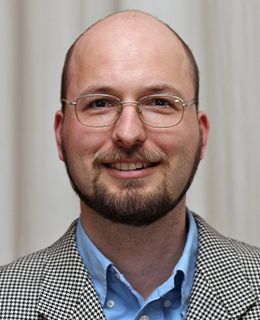
Co-authors: Pavol Bokes, Iryna Zabaikina, Abhyudai Singh
Abstract: We consider a protein that negatively regulates the rate at which a cell grows. Since less growth means less protein dilution, this mechanism forms a positive feedback loop on the protein concentration. We couple the feedback model with a simple description of the cell cycle, in which a division event is triggered when the cell volume reaches a critical threshold. Following the division we either track only one of the daughter cells (single cell framework) or both cells (population framework). We use the piecewise deterministic Markov process to model a single cell; the population is formalised using the measure-valued Markov process, ie, the population is treated as a sequence of Markov processes. For both frameworks, we find an exact stationary joint distribution of protein concentration and cell volume.
František Herman – Dynes Superconductors and Beyond
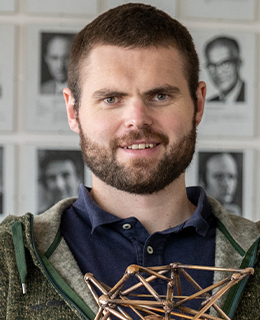
Co-authors: František Herman, Richard Hlubina, Lucia Gelenekyová, Marcel Polák, Anastasiya Lebedeva, Matúš Hladký
Abstract: One of the research branches within the Department of Experimental Physics at our faculty is dedicated to the theory of superconducting phenomena. I will try my best to introduce the topics of our concern, as well as to explain our motivation for focusing on them. What did we do, and what are the open questions? What else is actually happening in the Condensed Matter Physics section (shortly), and who are the amazing people behind its activities?
Igor Farkaš – Dark side of modern AI: adversarial vulnerability of trained neural networks
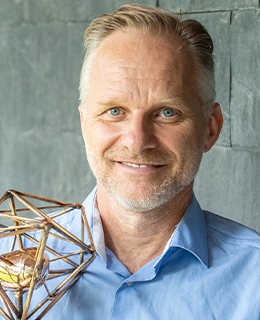
Abstract: Modern artificial intelligence based on deep neural networks has demonstrated in the past decade great achievements in concrete tasks, sometimes even surpassing human performance. On the other hand, there exist fundamental problems in these models, be it image classification or natural language tasks. In the talk, we mention the underlying problems and focus on the case of adversarial examples that can easily fool trained neural network classifiers, hence revealing their lack of robustness. We provide a few examples from our research that shed light on the underlying processes.
Mária Slavíčková – Research in mathematics education: challenges and impact
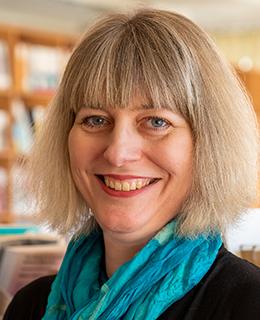
Abstract: In this presentation, key outcomes from research conducted by the Department of Mathematics Education over the past few years will be summarized. Special focus will be given to the results from the H2020 project MaTeK and the ongoing research building upon it. Insights and findings from other projects in which the department has been or is currently involved will also be shared.

